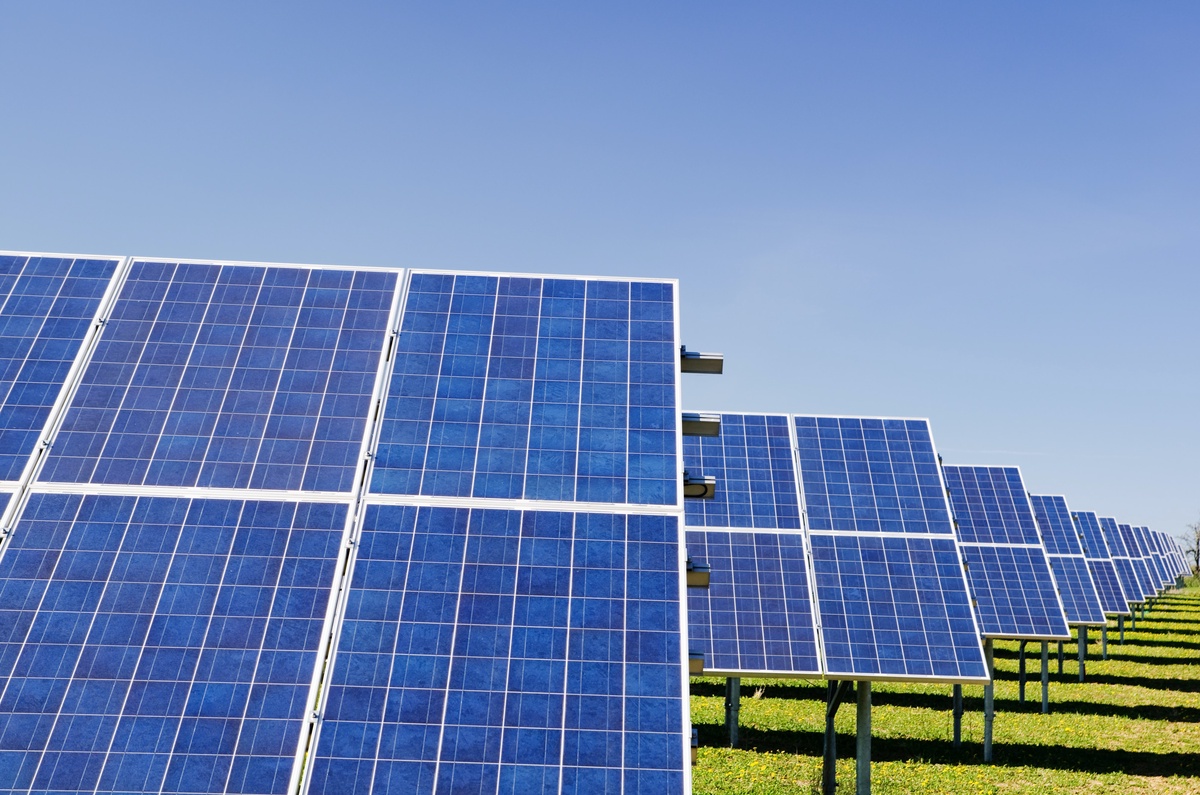Solar energy is increasingly being seen as the energy of the future. As technology and innovation continue to advance, solar energy is becoming more accessible, reliable, and cost efficient for homes and businesses across the globe. With costs continuing to drop at a rapid rate, solar energy has become an attractive option for those looking to save money on their electricity bills and reduce their environmental footprint. This blog post will explore how solar energy is continuing to get cheaper everyday, as well as other benefits that make it an attractive option for people looking to power their lives sustainably.
The Development of Low-Cost Solar Technology
Over the last few decades, the cost of solar technology has decreased dramatically. In 1977, the cost of a photovoltaic cell was about $76 per watt. By 2017, the cost had fallen to just $0.36 per watt – a decrease of more than 99%. This decrease in cost is due to a variety of factors, including advances in technology and manufacturing, increased competition, and economies of scale.
One major factor in the decrease in cost has been the improvement in solar cell efficiency. In 1977, the most efficient solar cells had an efficiency of about 11%. Today, there are cells with efficiencies exceeding 24%. This increase in efficiency means that fewer cells are required to generate the same amount of power, which reduces both material and installation costs.
Another important factor has been the increase in production volume. As more companies have entered the solar market and demand has grown, production volumes have increased and costs have fallen due to economies of scale. In 1977, only two companies manufactured photovoltaic cells. Today, there are hundreds of manufacturers around the world producing solar cells for a variety of applications.
Finally, government incentives have played a role in decreasing the cost of solar technology. Incentives like tax credits and rebates can make solar power more affordable for consumers and businesses alike. These incentives help to level the playing field between traditional energy sources and renewable energy sources like solar power.
As solar technology continues to become more affordable, it is
Greater Efficiency Equals Lower Cost
Solar energy is an increasingly cost-effective way to generate electricity. The average cost of solar photovoltaic (PV) systems has fallen by more than 70% since 2010, and the trend is expected to continue as technology improves and more projects are built.
According to a new report from the International Renewable Energy Agency (IRENA), the global average cost of solar PV fell by 15% in 2016, and it is expected to fall a further 25% by 2020. These reductions are being driven by declining costs for both solar PV modules and balance-of-system components such as inverters, trackers and mounting structures.
The cost of solar PV is now about one-third of what it was in 2010, making it cheaper than coal or gas-fired power generation in many parts of the world. In some countries, such as Australia, Italy and Mexico, it is already cheaper than nuclear power.
As well as falling costs, the efficiency of solar PV systems is also improving. The average efficiency of commercial solar panels has increased from about 15% in 2010 to 20% today, with a tendency towards even higher efficiencies in the future. This means that fewer panels are required to generate the same amount of electricity, further reducing system costs.
Solar Battery Technology Can Store Our Energy
With advances in solar battery technology, it is now possible to store energy from the sun for use when the sun isn't shining. This is a significant development because it means that solar power can now be used as a reliable source of energy, even when the sun isn't out.
There are two main types of solar batteries: lead-acid batteries and lithium-ion batteries. Lead-acid batteries have been used for many years in a variety of applications, but they are not well-suited for use with solar panels due to their low efficiency. Lithium-ion batteries, on the other hand, are much more efficient and can store more energy than lead-acid batteries.
The cost of lithium-ion batteries has been dropping rapidly in recent years, making them more affordable for use in solar energy systems. In addition, new technologies are being developed that will further improve the efficiency of solar batteries, making them an even more attractive option for storing solar energy.
Trendy Energy Solutions
Here at Trendy Energy Solutions, we develop and construct large-scale solar projects and battery storage for system owners, large-scale energy users, commercial real estate, agricultural, and industrial. As technology gets better and better for solar energy, we continue to develop solutions for individuals and businesses wanting to invest in solar power.
Contact Trendy Energy Solutions at 1-800-495-2740 to learn more about all of our solar energy services!


No comments yet